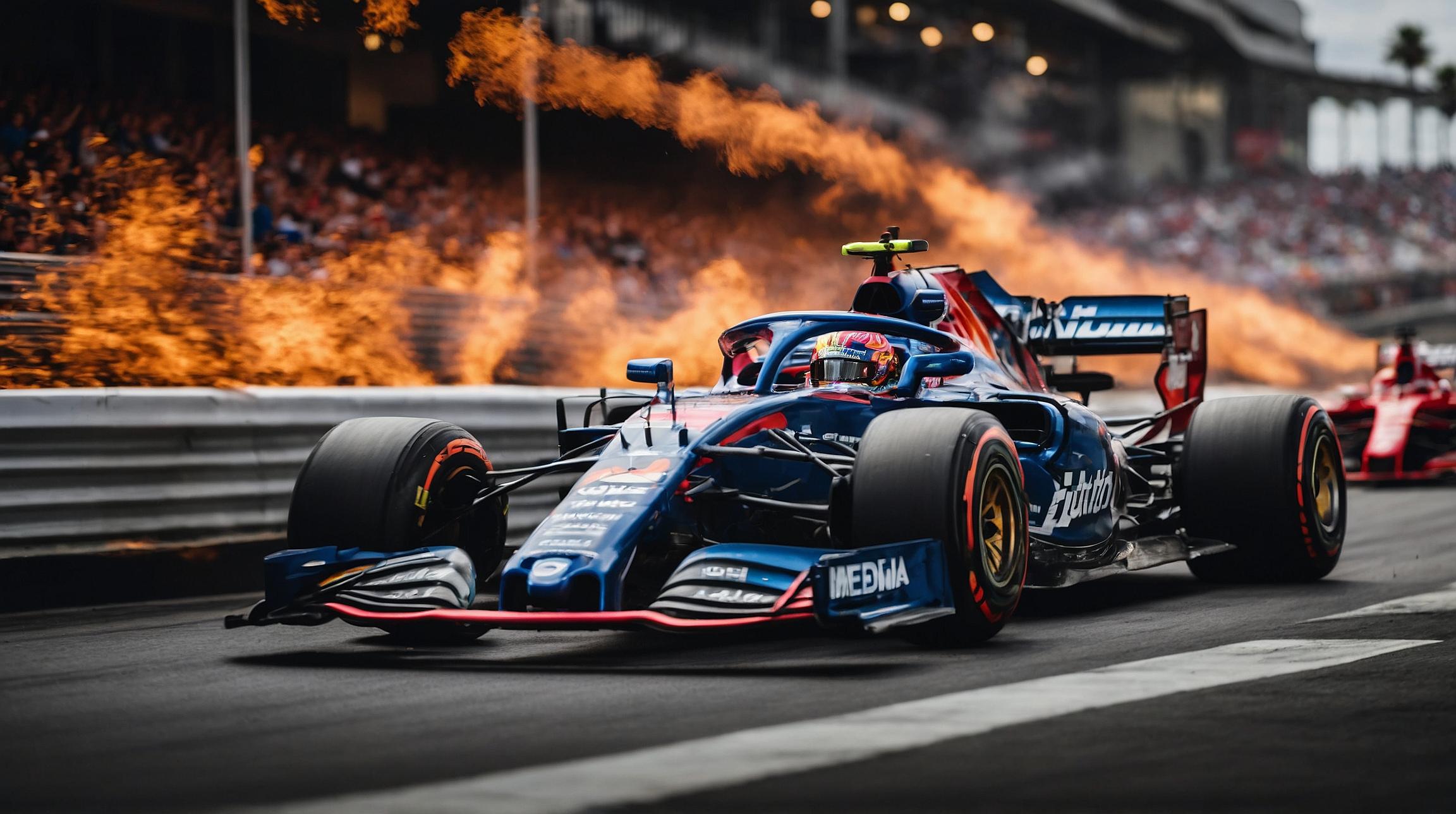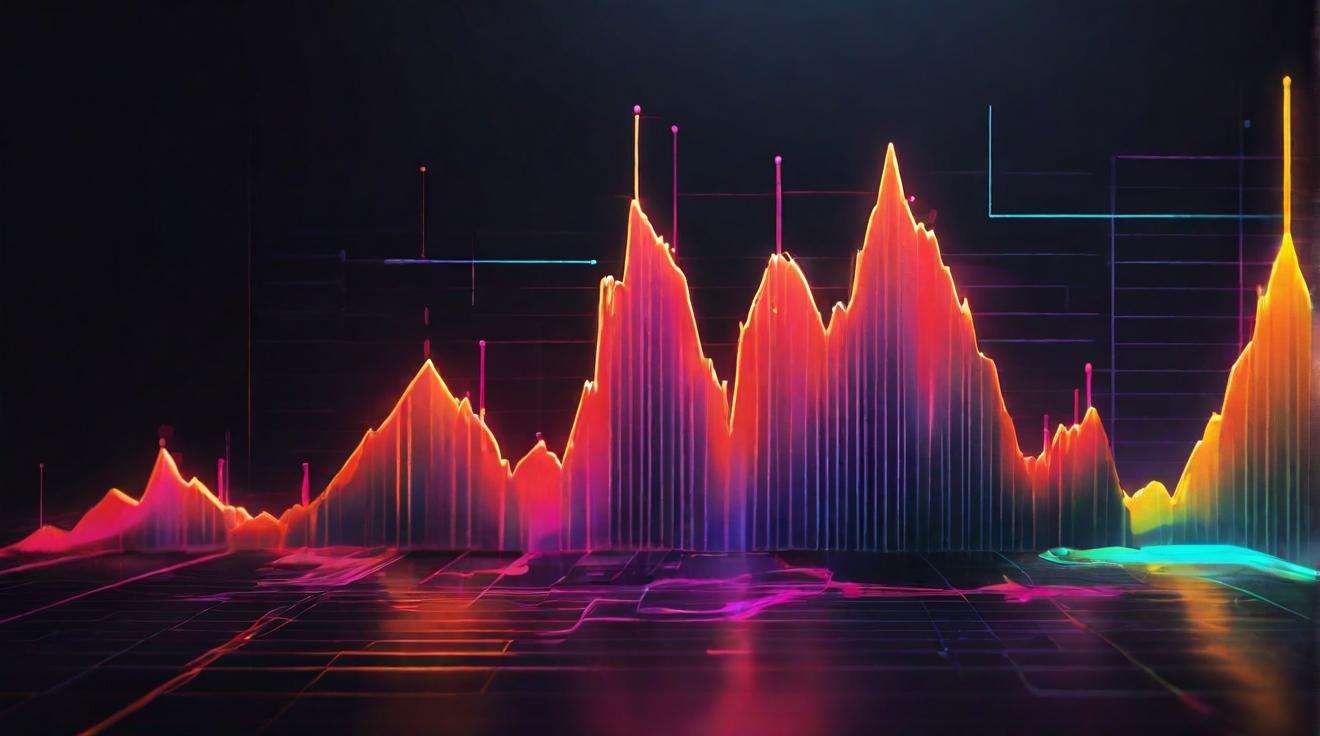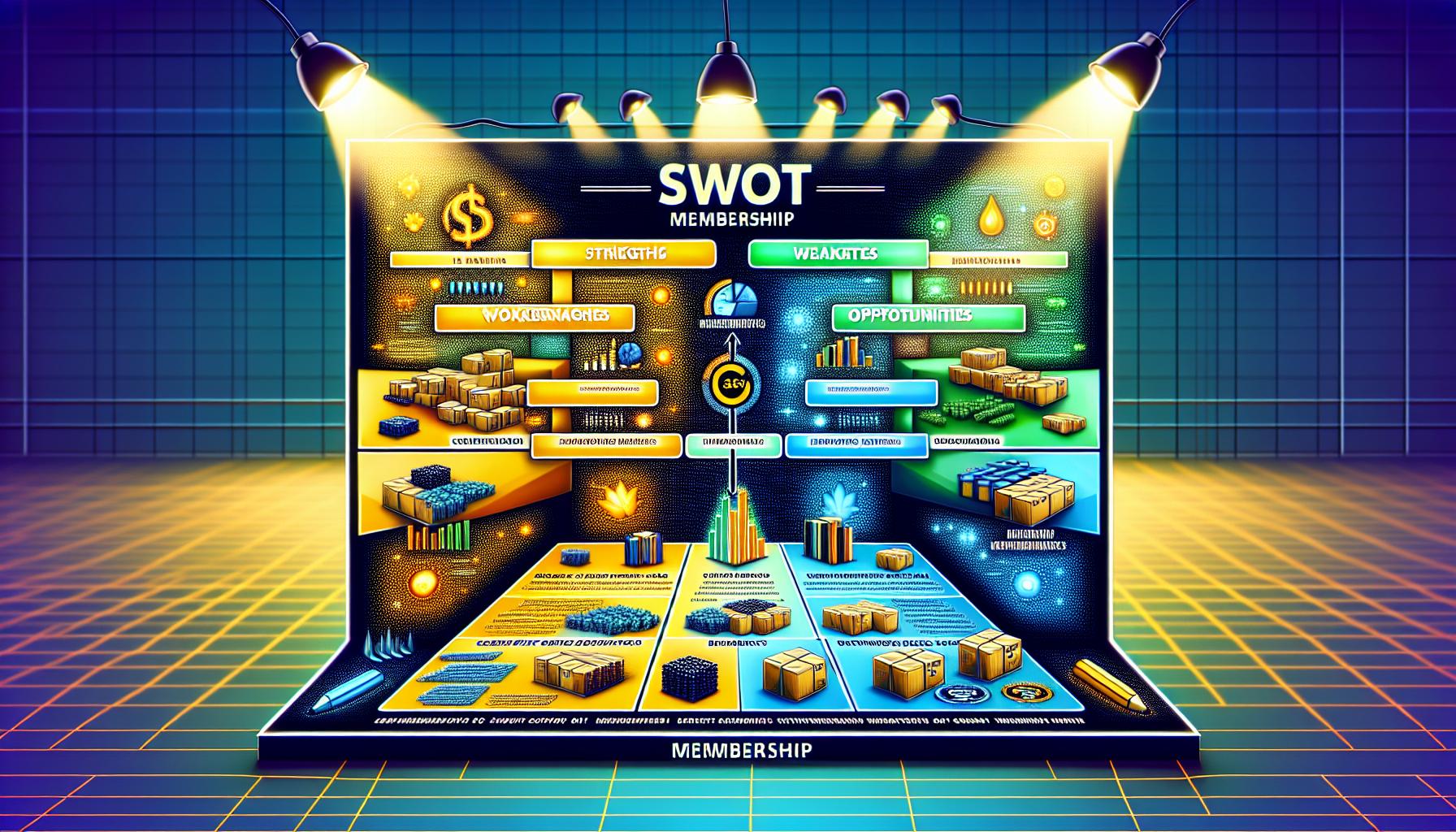Tether’s Chief Technology Officer (CTO), Paolo Ardoino, has revealed intricate details about Moria, the company’s new Bitcoin mining software. In a tweet, Ardoino shared information about the software’s orchestrator module, called Ork, as well as its capabilities, scalability, and future roadmap. Tether’s entry into the Bitcoin mining sector aims to address the lack of customizable and deep-level orchestration capabilities currently available in the market. The company’s commitment to sustainable mining and renewable energy production further highlights its dedication to the industry. With plans to make Moria available on open-source platforms, the launch of the software is highly anticipated.
Addressing the Gap: Tether’s Moria Aims to Optimize Bitcoin Mining
According to Tether’s CTO, Paolo Ardoino, there is a significant gap in the current market when it comes to customizable and deep-level orchestration capabilities for Bitcoin mining. While there are plenty of cloud-based Bitcoin mining trackers available, they lack the ability to analyze real-time data and optimize mining outputs. Tether’s Moria software aims to fill this gap by providing advanced capabilities for analyzing real-time, tick-by-tick data to optimize Bitcoin mining. The software’s goal is to gather the best intelligence possible for efficient mining operations.
Moria: An IoT Project on a Colossal Scale
Paolo Ardoino highlighted the scale and complexity of a Bitcoin mining site, comparing it to a massive Internet of Things (IoT) project. With tens of thousands of miners, containers, and other connected devices producing millions of data points every minute, the mining site requires a sophisticated software solution. Tether’s Moria, based on the Holepunch system, is designed to handle this massive scale and complexity. It can collect data from diverse device types, aggregate the data, and analyze it using advanced techniques such as AI prediction models.
Tether’s Moria Uses Holepunch Architecture for Scalability and Modularity
Tether’s Moria software is built on the Holepunch system, which provides scalability and modularity. This architecture allows the software to accommodate even tens of millions of devices and enables dynamic grouping and orchestration. Paolo Ardoino mentioned the use of Holepunch P2P data structures and streaming techniques, which ensure that Moria can handle the vast amounts of data produced by Bitcoin mining operations. Currently consisting of 30+ modules and microservices, Moria’s architecture is flexible and adaptable to future needs.
Tether’s Moria to Extend Beyond Mining into Energy Production
While Moria is initially focused on Bitcoin mining, Tether has plans to extend its capabilities to include orchestrating energy production. This expansion will encompass renewable energy sources such as solar panels and windmills, which provide a wealth of information. Tether’s recent investments in renewable energy production and sustainable mining initiatives in regions like Uruguay and El Salvador demonstrate the company’s commitment to environmentally friendly practices. By incorporating energy production orchestration into Moria, Tether aims to optimize both the mining and energy sectors.
Tether’s Ambitious Bitcoin Mining Software, Moria
Tether’s Chief Technology Officer, Paolo Ardoino, has provided intricate details about the company’s new Bitcoin mining software, Moria. This software aims to address the current gap in the market for customizable and deep-level orchestration capabilities in Bitcoin mining. Built on the Holepunch architecture, Moria is designed to handle the scale and complexity of large-scale Bitcoin mining operations. Tether’s commitment to sustainable mining and renewable energy production is further emphasized by Moria’s future roadmap, which includes orchestrating energy production. With plans to make the software open-source, the launch of Moria is eagerly awaited by the Bitcoin mining community.
Analyst comment
Positive news. Analyst: Tether’s Moria software has the potential to revolutionize the Bitcoin mining market by addressing the lack of customizable and deep-level orchestration capabilities. Its scalability and focus on sustainable mining and renewable energy production make it a promising solution. The launch of Moria is highly anticipated, and it could optimize both the mining and energy sectors.













